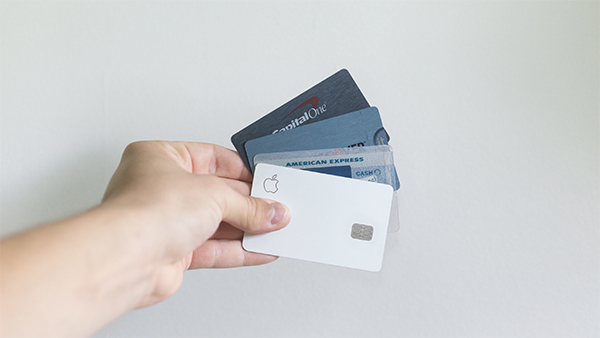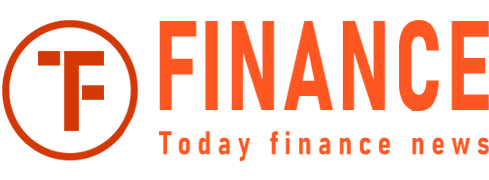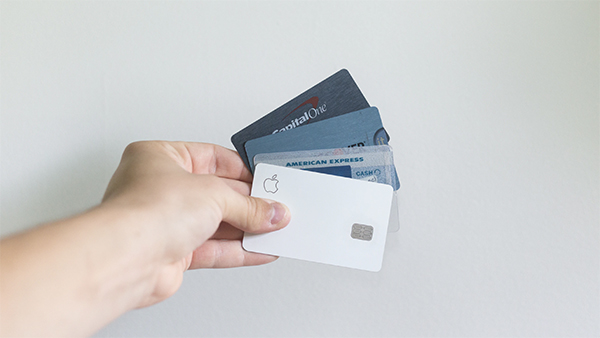In private finance, your debt-to-income ratio refers back to the proportion of your month-to-month revenue that goes to your month-to-month debt funds.
As a monetary planner, I usually use an individual’s debt-to-income ratio to verify their monetary standing. Notably, if they’ve a wholesome money move and if it’s okay for them to get a mortgage.
Figuring out your debt-to-income ratio is beneficial as a result of it will probably function an early warning signal should you’re headed for debt issues.
The way to Calculate your Debt-To-Earnings Ratio
The computation is fairly easy. You merely divide your month-to-month debt funds along with your month-to-month revenue after which multiply it by 100 to transform the quantity to a proportion.
Debt-To-Earnings Ratio (%) = Month-to-month Debt Funds / Month-to-month Earnings x 100
Instance:
Let’s say that your take-home pay or web revenue is P30,000 per thirty days. Then, you’re at the moment paying P2,000 per thirty days on a private mortgage, plus one other P1,600 per thirty days on a wage mortgage. How do you calculate your debt-to-income ratio?
- Month-to-month Debt Funds = P2,000 + P1,600 = P3,600
- Montly Earnings = P30,000
- Debt-To-Earnings Ratio (%) = 3,600 / 30,000 x 100 = 12%
So, your debt-to-income ratio is 12%. However what does this imply? Is that this low or excessive? What’s a great debt-to-income ratio?
Understanding your Debt-To-Earnings (DTI) Ratio
Together with a person’s credit score historical past and credit score rating, their DTI is commonly utilized by banks and collectors to verify if an applicant could be eligible for a mortgage.
Generally, an individual with a DTI of above 40% might be denied of their mortgage software, or a better than standard rate of interest could be given to them due to the default threat that they carry.
Furthermore, in my observe as a monetary planner, I take advantage of this private analysis system:
Lower than 20%:
Your debt is manageable and it’s okay to use for a mortgage should you’re considering of getting one.
20% to 30%:
Your debt is manageable, however don’t apply for extra loans except it’s obligatory.
30% to 40%:
You’re headed to debt issues if it’s not already taking place. Decrease your month-to-month spending and discover further revenue so you possibly can repay your money owed as early as attainable.
Above 40%:
You’ve got a debt downside. Discuss to your collectors and know your debt aid choices. You might be able to do debt consolidation or ask for a condonation. If attainable, search the assistance of a monetary planner.

Remaining Phrases
The perfect case is, after all, to haven’t any money owed in any respect. However as we enhance our cash administration abilities and develop good monetary self-discipline, leveraging on debt turns into an environment friendly technique to succeed in our objectives.
Lastly, should you’re scuffling with debt issues, then take heed to this podcast episode the place I talked with Mr. Efren Cruz about getting out of debt.
What to do subsequent: Click on right here to subscribe to our FREE e-newsletter.
Share Tweet

